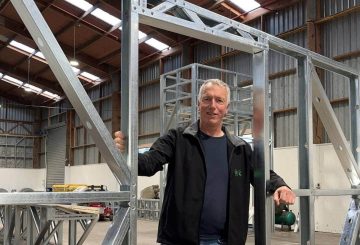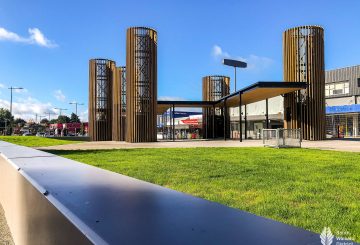하우라키 지구 소개
하우라키는 와이히 (금광 마을), 카랑가하케 협곡, 하우라키 레일 트레일로 유명한 지역입니다.이곳은 숨겨진 호기심을 많이 발견할 수 있는 지역입니다.코로만델, 오클랜드, 로토루아, 마타마타, 베이 오브 플렌티 (Bay of Fentory) 를 둘러보기에 완벽한 중심지이기도 합니다.
최초의 마오리 정착민들은 CE가 1250~1300년경 지역에 도착했고, 여러 부족들이 이 지역에 집을 만들었다.
1769년 11월 제임스 쿡 (James Cook) 중위인 유럽 탐험가는 뉴질랜드를 발견한 것으로 판명되었다.하우라키 평원은 ‘식민지를 짓기 위해 우리가 아직 본 가장 좋은 곳’이라고 선언되었습니다.
처음에는 하우라키 마오리족이 초기 유럽 접촉을 환영했다.정착민, 상인들, 선교사들은 물품, 특히 머스켓, 철제 도구, 새로운 작물을 가져왔는데, 그들은 음식과 노동을 대가로 얻을 수 있었습니다.1840년대와 1850년대 사이에, 하우라키 마오리 (Hauraki Mauraki Maurori) 는 무역을 위해 스쿠너와 커터를 구입했으며, 여행의 용이성, 마나 (명성) 를 구입했습니다.
그러나 현지 마오리와 크라운 (유럽에 설치된 정부) 사이의 긴장이 커졌습니다.하우라키의 킨기탕가 (마오리 왕 운동) 에 대한 현지 마오리 지지는 토지와 독립을 지키며 크라운 군대에 의한 와이카토 침략을 촉발했다.
하우라키 마오리와 크라운 세력 간의 일련의 전투가 1863년 12월까지 일어났습니다.크라운은 템즈 산지의 푸코로코로 (미란다) 와 와이카토 강의 포케노 사이에 요새를 건설했습니다.그것은 템스 퍼스 (Firth of Thames) 의 해군 봉쇄를 시행했습니다.
1865년 1월 크라운은 20,000 헥타르의 이스트 와이로아 블록을 압수하여 전쟁 중 부족에 대한 배상 지불이라고 주장했다.1860년대와 1900년대 중반 사이의 토지 몰수와 토지 구매는 마오리 땅이 급격히 감소했습니다.2000년대 초반까지 하우라키의 약 2% 가 마오리 소유권을 유지했다.
1900년대부터 지구는 꾸준히 성장했습니다.와이히에서 금이 발견되었고, 상당한 골드 러시가 이어졌습니다.원주민 숲이 쓰러졌고, 대부분의 목재는 주택을 위해 오클랜드로 이송되었습니다.늪지대가 배수되어 농업으로 전환되었습니다.


















































